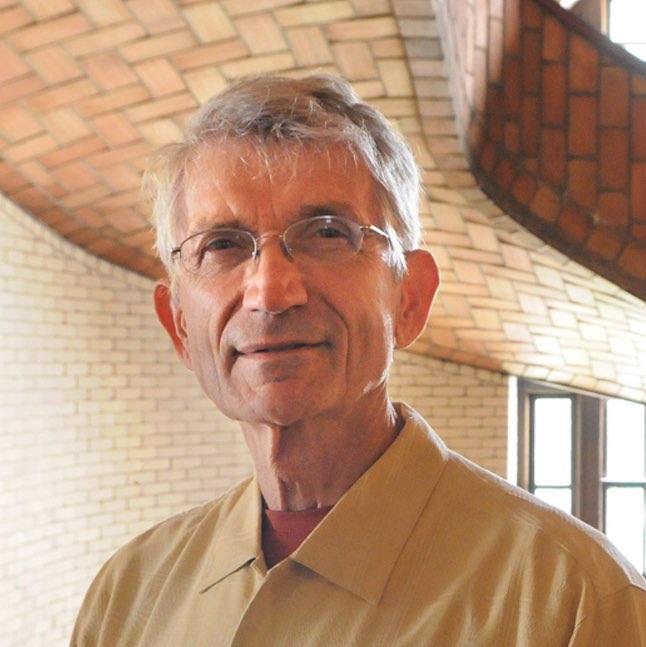
Brian MacWhinney
Department of Psychology
Carnegie Mellon University
macw@cmu.edu
website

|
Brian MacWhinney Department of Psychology Carnegie Mellon University macw@cmu.edu website |
| Participants: | 6 |
| Type of Study: | naturalistic |
| Location: | Hungary |
| Media type: | no longer available |
| DOI: | doi:10.21415/T53903 |
MacWhinney, B. (1974). How Hungarian children learn to speak. Unpublished doctoral dissertation, University of California, Berkeley.
MacWhinney, B. (1975). Pragmatic patterns in child syntax. Stanford Papers And Reports on Child Language Development, 10, 153–165.
In accordance with TalkBank rules, any use of data from this corpus must be accompanied by at least one of the above references.
These data were collected by Brian MacWhinney in Hungary during the 1970 academic year. They were donated to CHILDES in 1985. The children studied were Zoli, Moni, Andi, Gyuri, and Eva at the National Institute for Nursery School Methodology (BOMI). The children all came from middle-class families with two working parents. The recordings were made by using a wireless microphone and a radio receiver. The microphone was sewn into a pocket in one of the standard nursery school aprons worn by the child. The particular apron used had the figure of a fox on it and the children often competed to be allowed to wear the “fox apron.” Recording began in November when it was already too cold for the children to go outside for long periods and continued through March. There was a one month break during April. When recording resumed in May, the children were often outside playing in the garden.
Activities at the nursery school were very highly structured. Each child had a symbol that identified a particular closet, a particular chair, a particular towel, and so on. There were only a few children under the age of 1;3 in the school. Those children were kept in cribs in a special room. The children between 1;3 and 2;0 were in a second play group. Zoli, Andi, and Moni were in that group. The older play group had children from 2;0 to 3;0 and Eva and Gyuri were in that group. Three files from the child Ocs, studied by Zsolt Lengyel, are also included.
Table 1: Zoli and Moni
| Sample | Age | Hrs. | Utts. | MLU | Dates
| Zoli1 | 1;5.2-5 | 4 | 51 | 1.10 | Dec 7-8
| Zoli2 | 1;6.29-30 | 6 | 228 | 1.58 | Feb 3
| Zoli3 | 1;8.6-8 | 8 | 2675 | 1.60 | March 11-16
| Zoli4 | 1;10.0-6 | 7 | 1911 | 1.87 | May 5-11
| Zoli5 | 2;0.0-5 | 6 | 835 | 2.58 | July 1-7
| Zoli6 | 2-2-0-3 | 7 | 1826 | 2.50 | Aug 31-Sept 3
| Moni1 | 1;11.18-27 | 8 | 1478 | 1.53 |
| Moni2 | 2;2.0 | 8 | 576 | 1.28 |
| Moni3 | 2;4.16-17 | 5 | 797 | 1.15 |
| Moni4 | 2;5.10-13 | 8 | 700 | 1.03 |
| |
Table 2: Andi, Éva, Gyuri, and Ocs
| Sample | Age | Sample | Age
| Andi2a | 2;1.22 | Eva3d | 2;10.25
| Andi2b | 2;1.27 | Eva3e | 2;10.26
| Andi2c | 2;2.4 | Eva3f | 2;10.27
| Andi2d | 2;8.4 | Gyuri1 | 2;3.7
| Eva1a | 2;7.12 | Gyuri2 | 2;3.8
| Eva1b | 2;7.18 | Gyuri3 | 2;3.11
| Eva1c | 2;9.0 | Gyuri4 | 2;3.12
| Eva2a | 2;9.19 | Gyuri5 | 2;3.13
| Eva2b | 2;9.20 | Gyuri6 | 2;3.14
| Eva2c | 2;9.21 | Gyuri7 | 2;3.21
| Eva2d | 2;9.22 | Gyuri8 | 2;3.22
| Eva2e | 2;9.24 | Gyuri9 | 2;3.23
| Eva2f | 2;9.25 | Ocs1 | 1;10
| Eva3a | 2;10.20 | Ocs2 | 1;11
| Eva3b | 2;10.21 | Ocs3 | 1;11
| Eva3c | 2;10.22 |
| |
Most of the interactions are with a dyad of children and the investigator. Some of the interactions, particularly those with Zoli, involve only the investigator and the target child. The nursery school teachers only rarely engaged the children during the recordings. The investigator is not a native speaker of Hungarian and, particularly during the first few months of the recording, the investigator’s use of Hungarian was fairly weak. Listening back to the tapes, it is difficult to detect any influence that this had on the children who seemed more interested in the investigator’s moustache and the toys that he was carrying than in the rather nonstandard nature of his language.
MacWhinney (1975) conducted a detailed analysis of the syntactic patterns for Zoli, Moni, and Andi with particular emphasis on the relative contributions of word-based positional patterns and general topic-comment patterns to word ordering. MacWhinney (1974) provides additional information on data collection and transcription. Zoli was born July 5, 1969. Samples 1 and 2 are not complete. They were kept in a separate notebook which now appears to be missing.